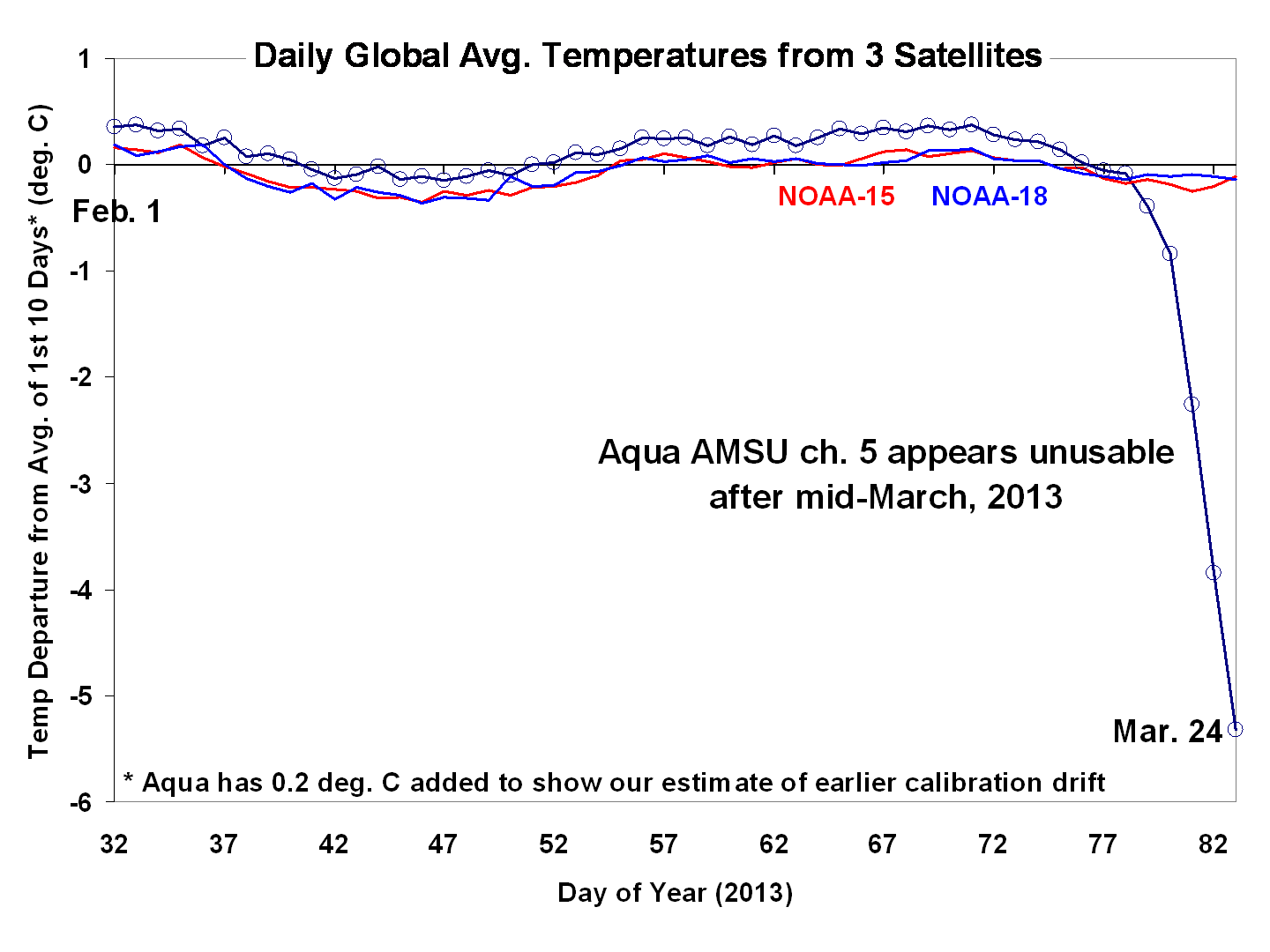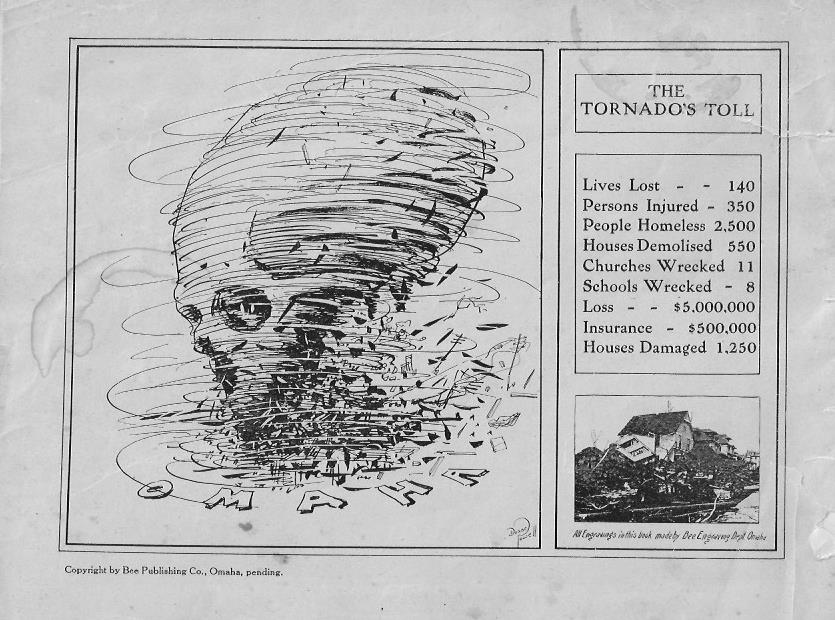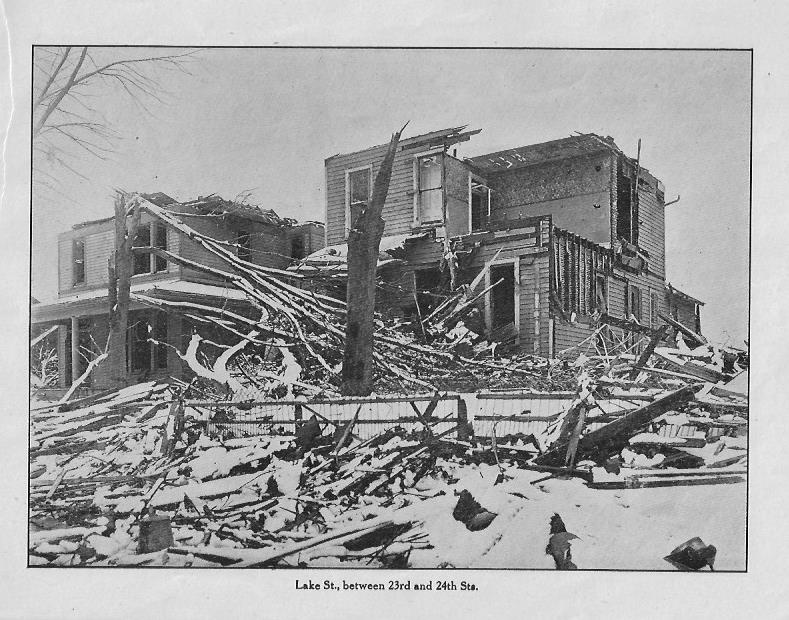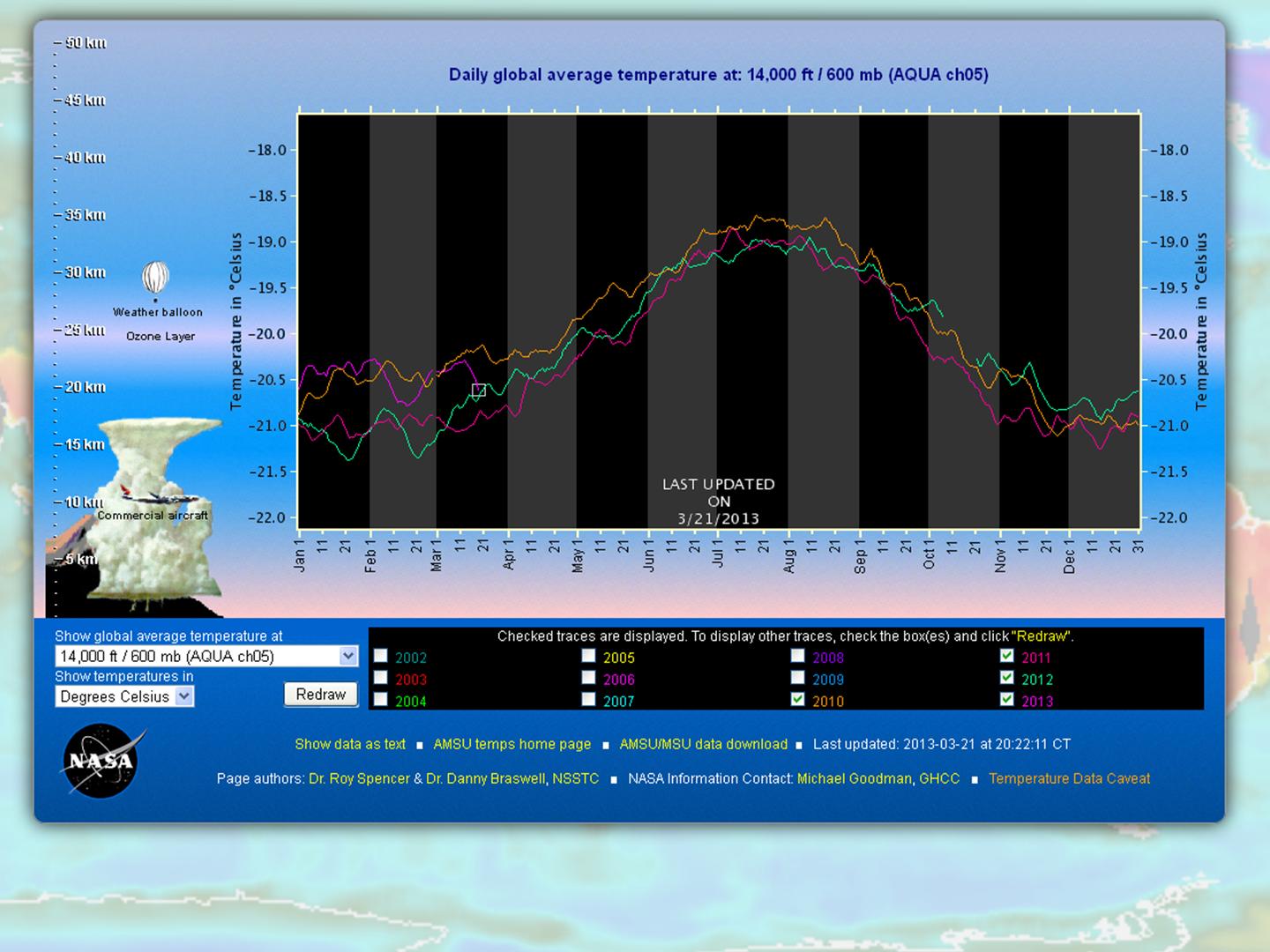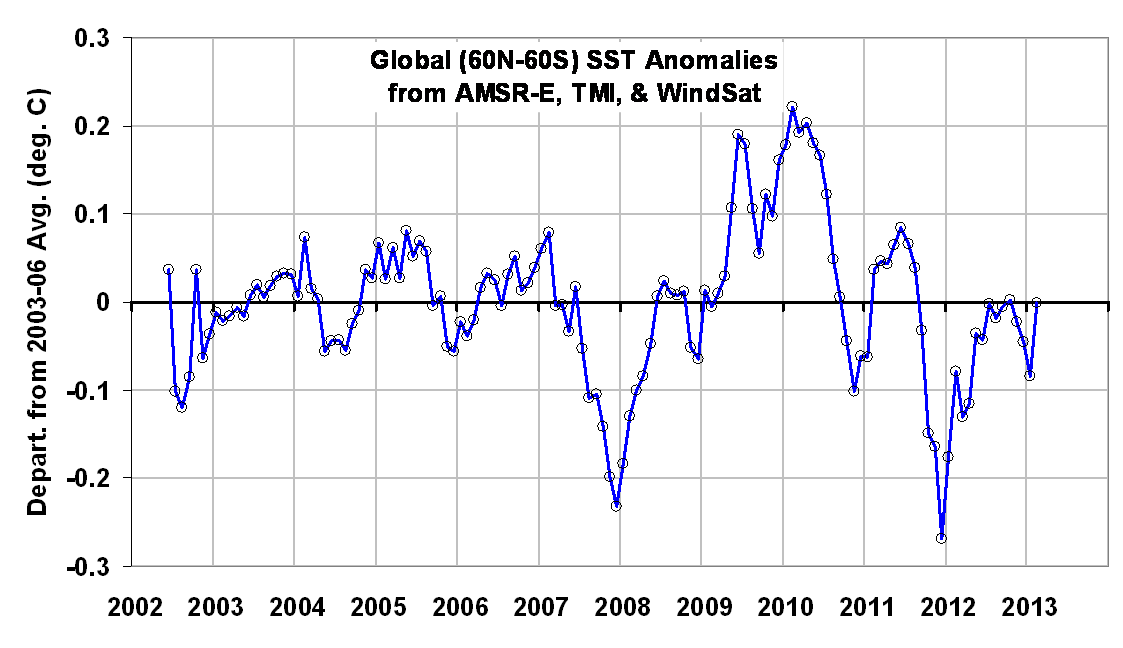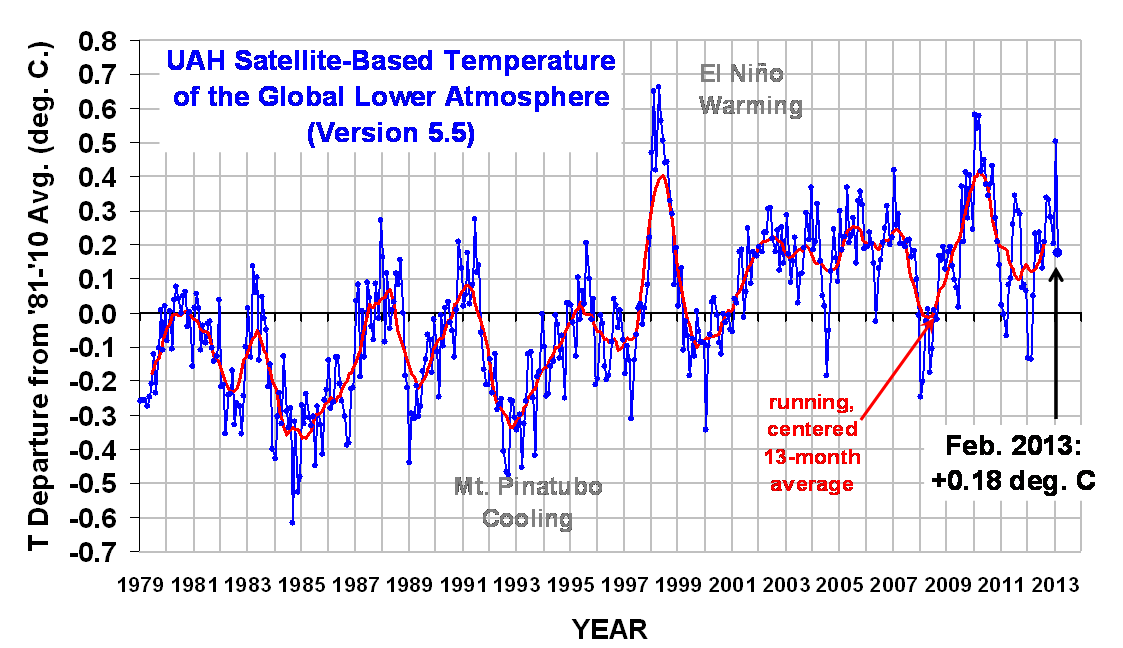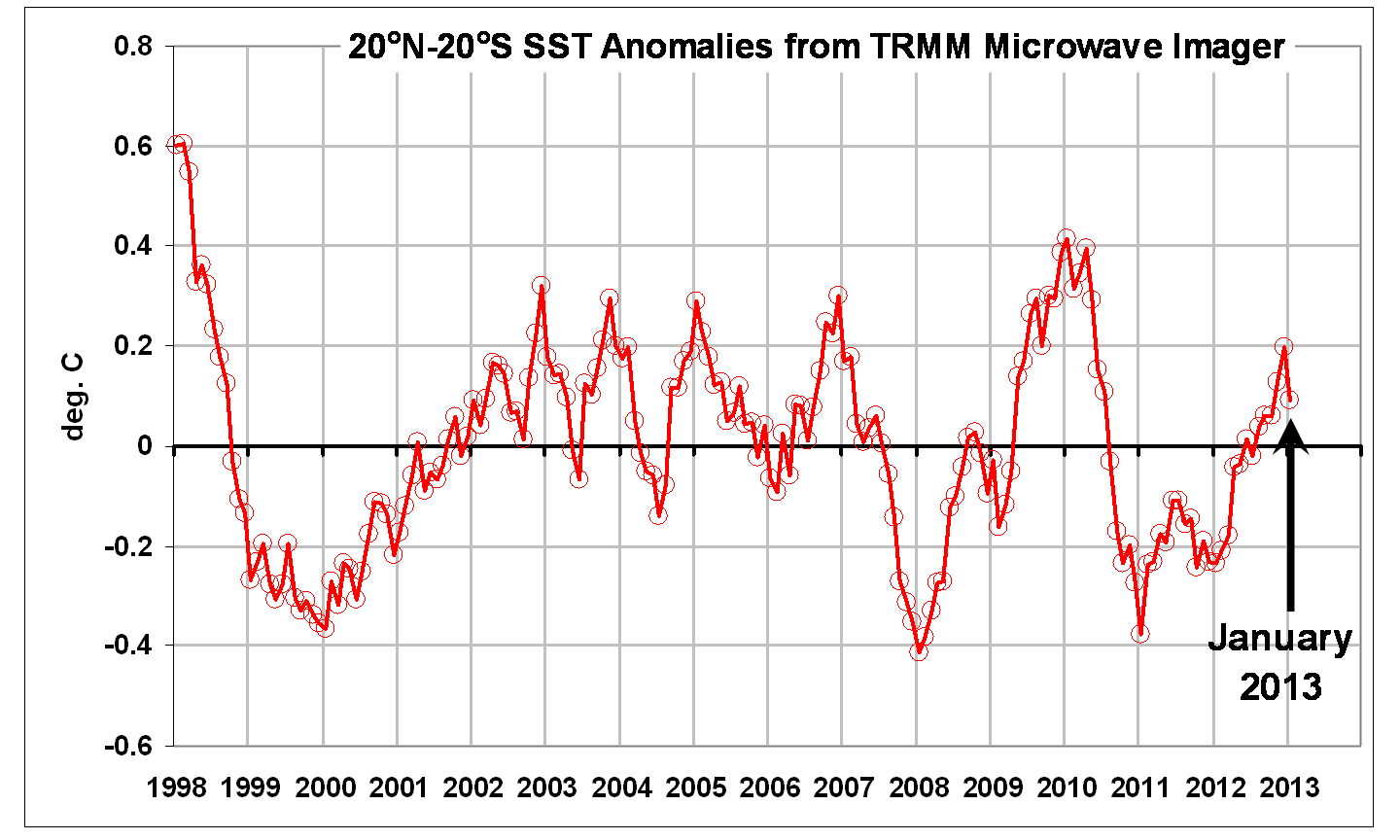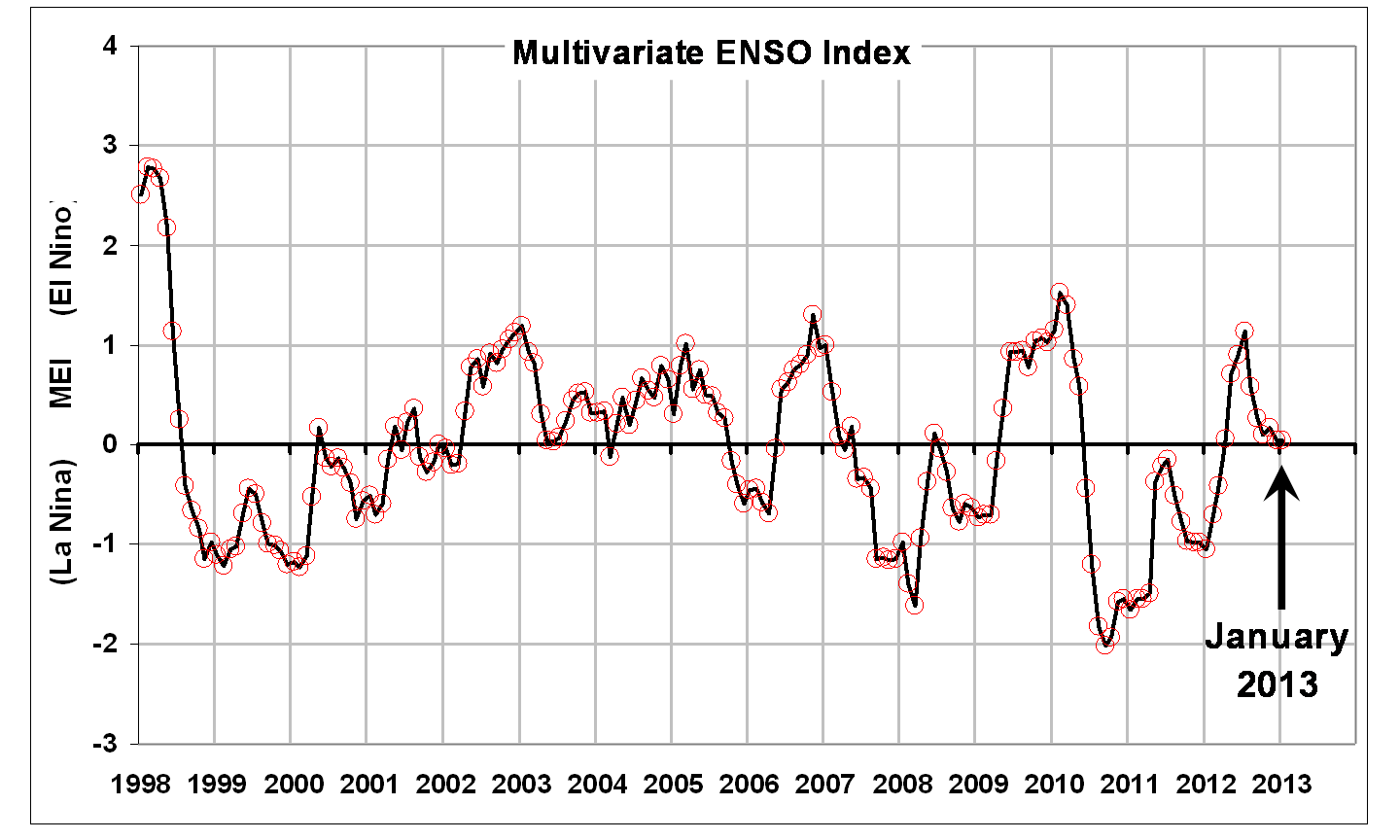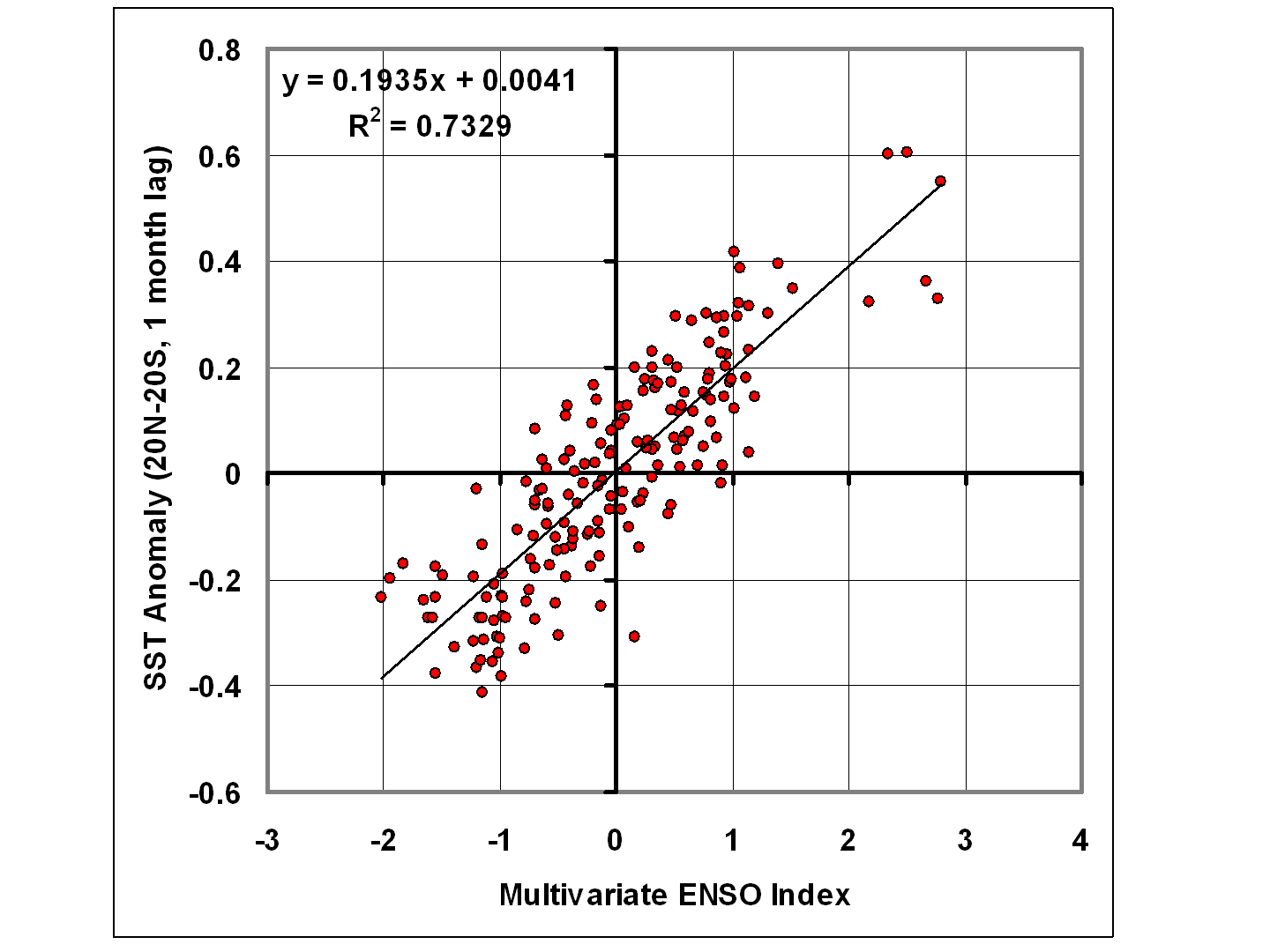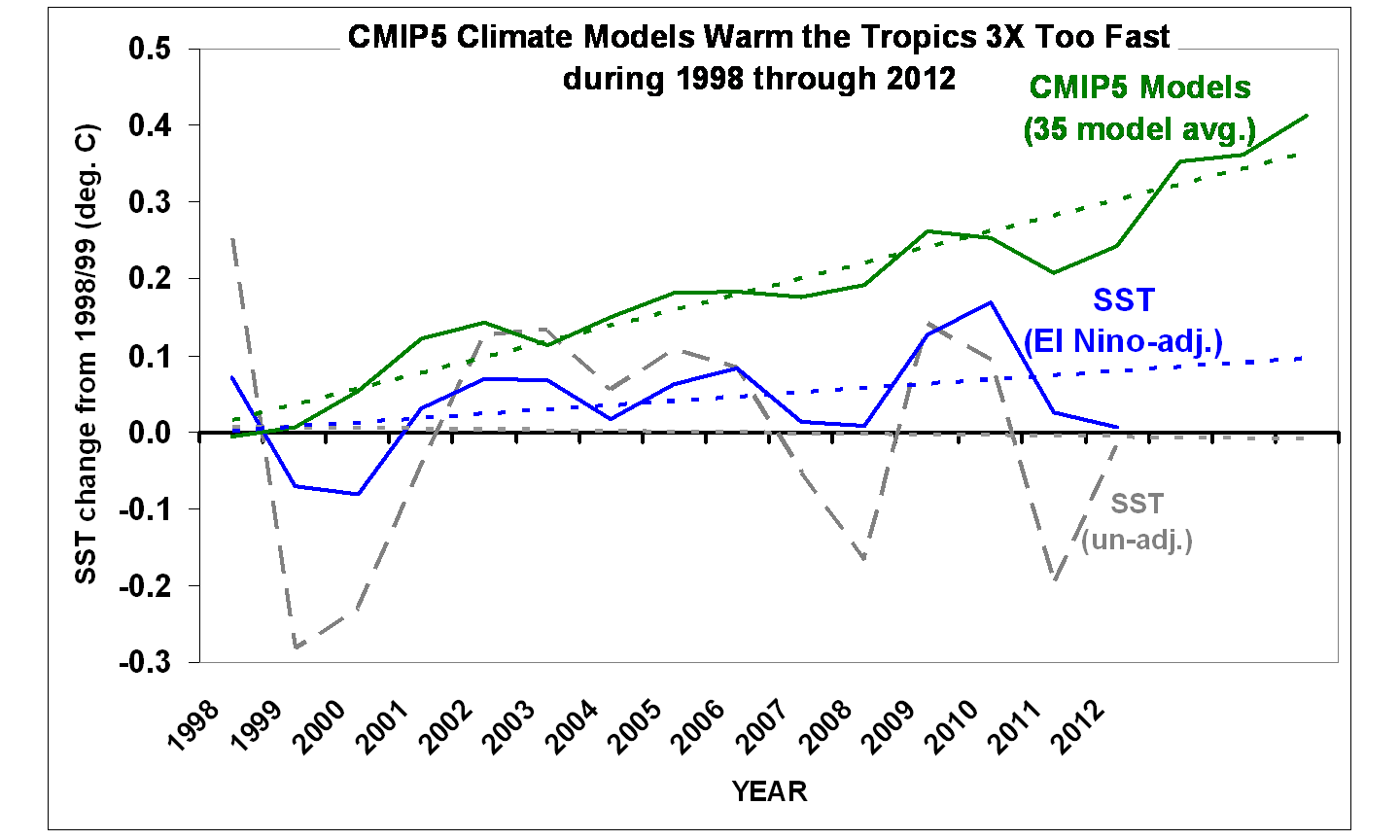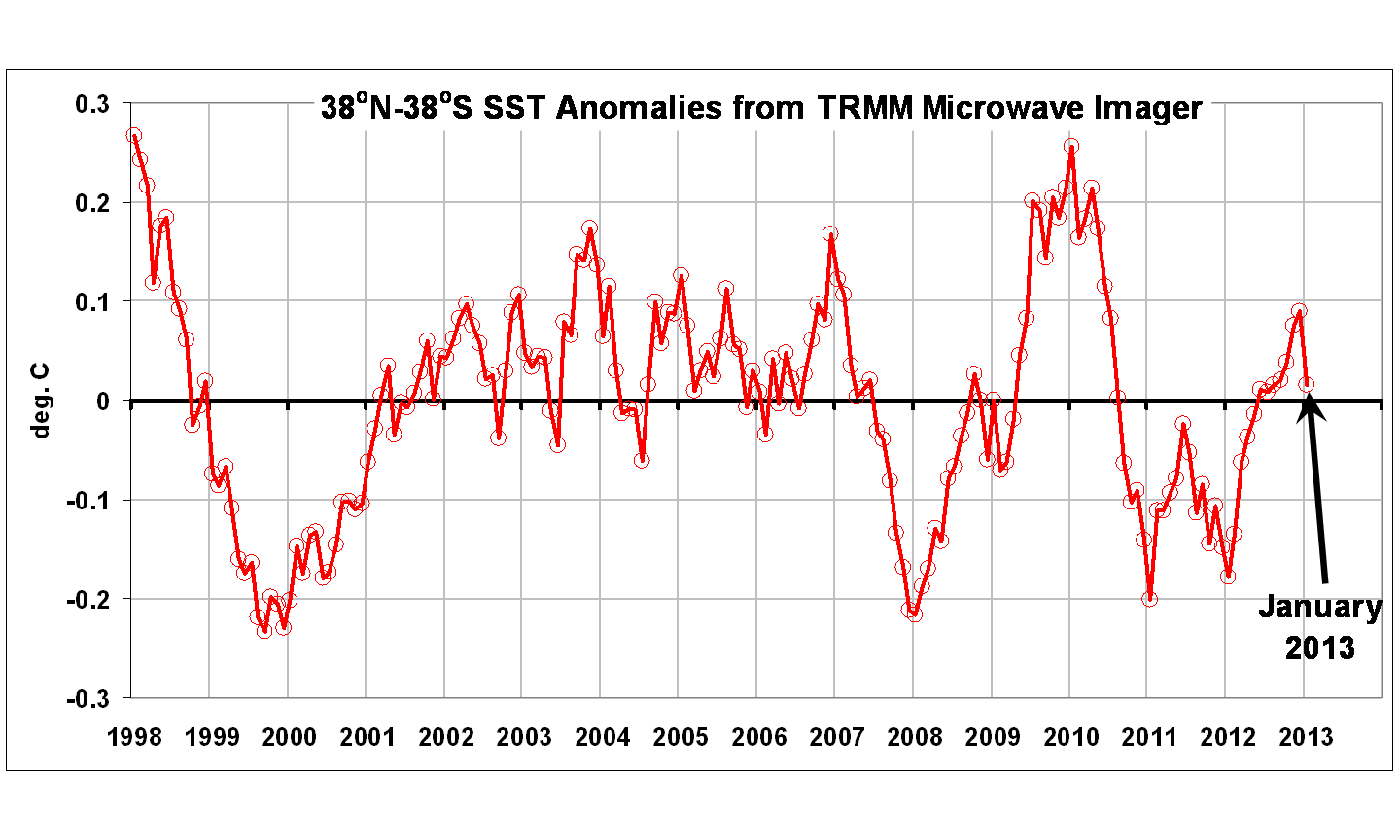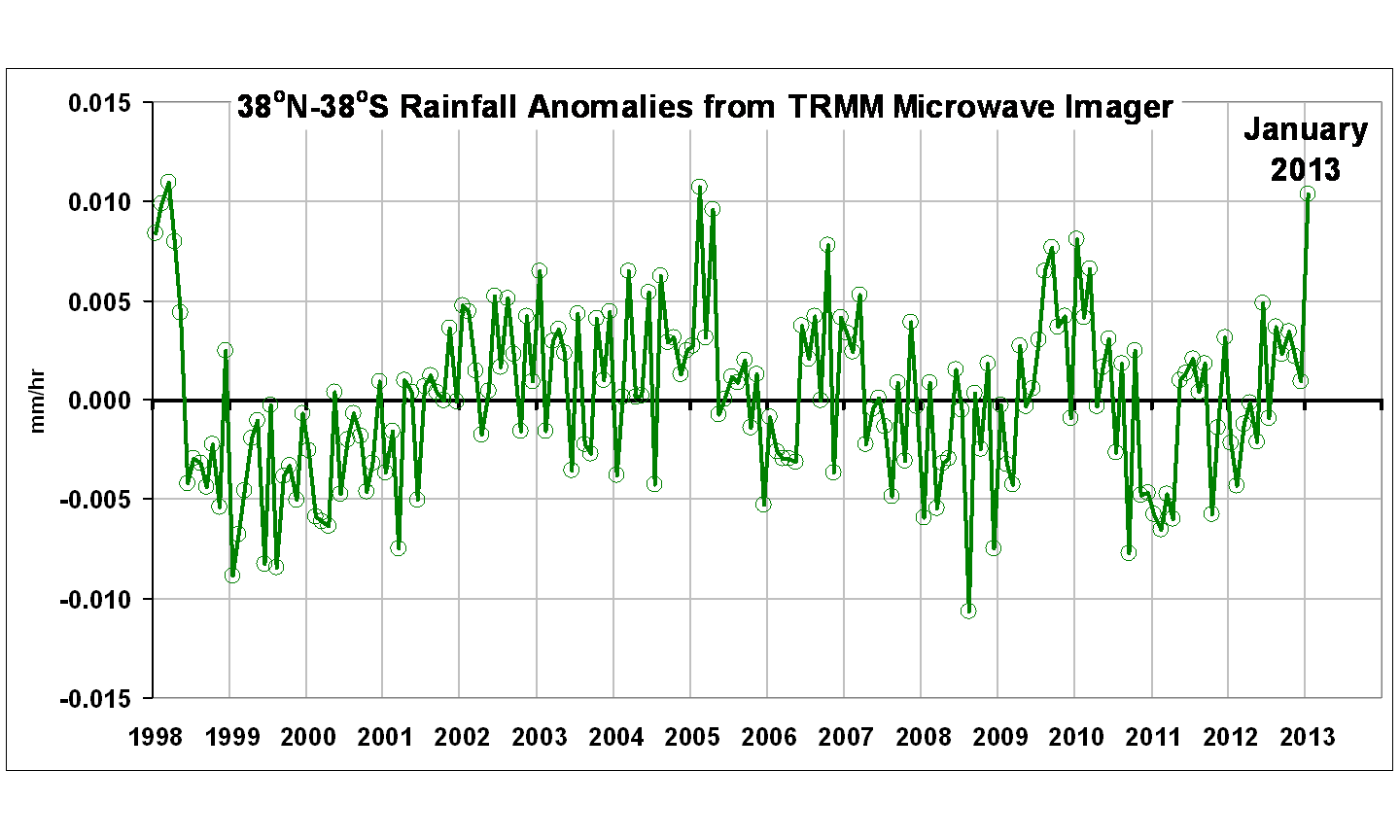John Stossel interviewed me and Gavin Schmidt yesterday at the FoxNews studios in Manhattan, and I’m told he will interview Matt Ridley today, for tomorrow nights Stossel Show (9 p.m. EDT Thursday, March 28, Fox Business Channel) entitled “Green Tyranny”. As is often the case, the show might air on FoxNews Channel once or twice this weekend.
Looking for a global warming debate, Stossel said they asked 10 natural climate change deniers (sorry, my term, I couldn’t help myself), and only Gavin took them up on it. Scott Denning was also willing, but unavailable.
At least Gavin knows what he’s talking about…I’ve debated people who so badly mangled the explanation of anthropogenic climate change that I had to fix it for them so the audience wouldn’t be misled.
I thought we both held our own, although I wish I would have answered his CO2 “fingerprint” claims better. There is no CO2 fingerprint of warming; warming due to any cause (say, a slight decrease in oceanic cloudiness) will look basically the same: stronger over land than ocean (a land-vs-ocean heat capacity issue); warming *should* increase with height in the troposphere (a moist convective adjustment issue).
What could cause a natural change in clouds (as I am sometimes asked by the other side)? Well, what causes chaos?
I agreed with Gavin that stratospheric cooling might well be a fingerprint of increasing CO2, but the stratosphere involves MUCH simpler physics than the troposphere/land/ocean system, with basically just radiation operating, no clouds, and a vanishingly small heat capacity. The coupled ocean/atmosphere climate system is a nonlinear dynamical system, thus chaotic, capable of causing changes all by itself. The past evidence for natural climate change on multidecadal, centennial, and millennial time scales is abundant.
The average energy imbalance associated with ocean warming since the 1950s — so widely attributed to our CO2 emissions — is only 1 part in 1,000 (around 0.25 Watts/m2 versus average flows closer to 250 W/m2)…do we really believe the climate system is incapable of causing such imbalances all by itself? Just based upon global warming theory, I believe part of the warming *is* anthropogenic, but as I said during taping, I don’t think we have a clue how much of it.
Talking with Stossel afterward, he said he thought Gavin did a good job of articulating his position. I hope Gavin is willing to return, although I could tell he was somewhat annoyed by the conservative/libertarian vibe he was surrounded by. It will also be interesting to see what Matt Ridley has to say.

 Home/Blog
Home/Blog